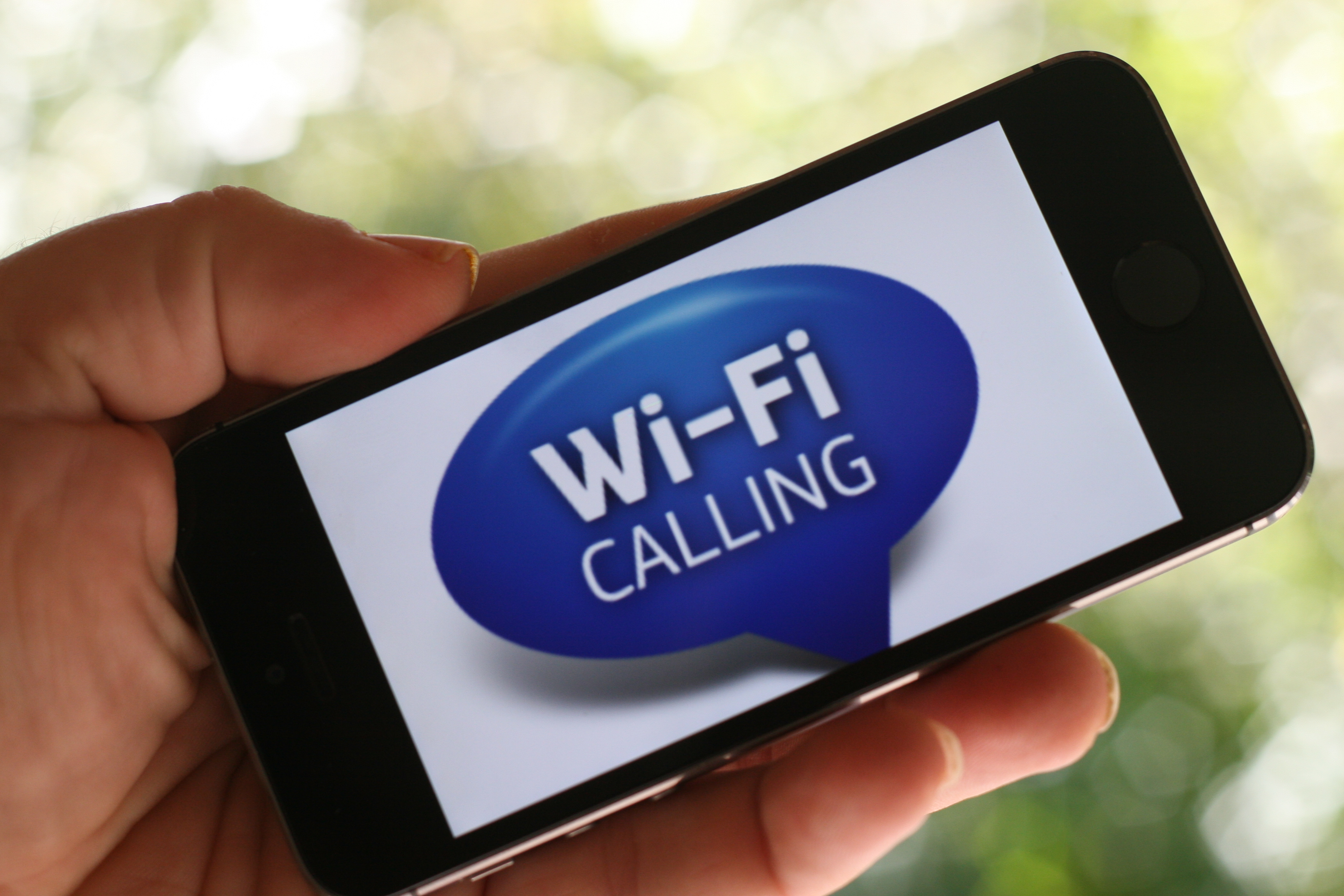One place where Android and Windows Phones have the iPhone beat: Wi-Fi Calling

In most respects, I've been really happy with T-Mobile since I switched in April. I pay much less for service through T-Mobile than I did through either AT&T or Verizon, and on the odd occasion I've had to contact their customer service (only twice so far), I've been left feeling better than I did any time I ever had to contact their competitors. However, T-Mobile shares one flaw with those other services: their coverage sucks inside my house. That's why I want Wi-Fi Calling. It's a feature that T-Mobile has on several of its Android and Windows Phone handsets, but it isn't available on the iPhone. At least not yet.
The case for Wi-Fi Calling
I live in an area well outside the city where cell tower coverage can be spotty. Most of the time, driving around, it's not a big deal, but when you get to the entrance to my subdivision, geography and distance from towers makes it tough for cell signals to penetrate. It's no different with any of the "big four" carriers - they all stink in my neighborhood.
When I was an AT&T customer, it got so bad that AT&T ended up sending me a "Micro-Cell" - a small cell base station that connected to my cable modem, routing calls over the Internet instead of relying on a cell tower. In my house I had four full bars of coverage. It was great. But AT&T is expensive. And their customer service has left me wanting on more than one occasion.
But that's only for AT&T. And it also requires extra hardware to attach to your cable modem. Also, my Micro-Cell was finicky. I had to reset it a few times. And doing so required me to log in to AT&T's web site. It was just a lot of work.
T-Mobile used to offer a similar product called the Cel-Fi. They've suspended that program, but Cel-Fi still sells them direct for $575.
How it works
T-Mobile has gone a different direction. Instead, they've embraced a technology called UMA, or Unlicensed Mobile Access. The principal is the same: your voice and data are transmitted over a broadband connection, creating a "virtual" GSM connection over the Internet, through your cable modem. The difference is that you're not relying on a small base station to do it. It's working through software alone.
This also helps shore up one of the single biggest issues with T-Mobile in general - the radio frequencies its towers use aren't great at permeating solid structures like buildings. At least, they're not as good as the radio frequency spectrum licensed to AT&T. So it helps them shore up coverage where you might be in a building that has a Wi-Fi hotspot you can use.
Master your iPhone in minutes
iMore offers spot-on advice and guidance from our team of experts, with decades of Apple device experience to lean on. Learn more with iMore!
It's a nifty trick. And through T-Mobile, it's a feature the company calls "Wi-Fi Calling." If you stop into a T-Mobile store or a mall kiosk, you'll find that several of the Android phones, BlackBerrys (while they remain) and even the Nokia Windows Phones on display, all support the feature. The iPhone still doesn't. It's not just T-Mobile, either - Apple simply hasn't activated a UMA feature on the iPhone, anywhere.
UMA isn't something that's unique to T-Mobile. Orange uses it in the UK. It's used elsewhere also. It's not widespread, but it's not totally uncommon, either.
But why not FaceTime or Skype?
There is certainly no shortage of ways to initiate voice communication over IP using the iPhone. Skype is one obvious way; FaceTime Audio works too. There are other VoIP apps you can download as well.
But they're all fundamentally different than UMA, because none of them - with the exception of FaceTime, and even then, only for other FaceTime users - are linked with your handset phone number.
Wi-Fi Calling is, and it's seamless. If you're on a Wi-Fi network, you can make or receive a call. Your handset is just as useful indoors as it is outdoors. It just works.
So why doesn't Apple support UMA on the iPhone?
I'd love to know the answer to that question. To the best of my knowledge, Apple's never stated its opinion on UMA one way or the other. I'm unaware of any particular security issues that would make an iPhone running UMA susceptible to problems.
T-Mobile is the only carrier in the U.S. that supports UMA, and Apple's relationship with T-Mobile is still fairly new. And while the iPhone has made a positive contribution to T-Mobile's subscriber base, T-Mobile is still the smallest of any of the "big four," so I suspect their influence with Apple is still fairly minor.
In all likelihood, Apple hasn't added Wi-Fi Calling to the iPhone simply because it really doesn't need to in order to sell the iPhone. Apple's not in the habit of making a lot of carrier-specific concessions.
Regardless, Wi-Fi Calling is a truly useful feature, and it's something that helps the iPhone's competitors differentiate themselves. For those of us who have decided to go with T-Mobile because of cost savings, fast LTE or simply because they're not who we were doing business with before, Wi-Fi Calling would be a fantastic feature. I hope Apple allows it on the iPhone.
In the interim, I'm getting used to it being pretty quiet around the house. Though I do have to spend a lot of time responding to voicemails when I leave.
Maybe I'm being myopic by expecting Apple to make up for a shortcoming in my carrier's coverage area. But this problem isn't unique to my carrier, and I know I'm not alone. A lot of us suffer from crappy cell service either at home or at work - wouldn't it be nice to have four full bars wherever you have a decent Wi-Fi signal?
Are you a T-Mobile or Orange customer? Do you think UMA is something the iPhone should have? Or am I being unrealistic expecting my iPhone to work where I need it to? Sound off in the comments - I want to hear from you.

